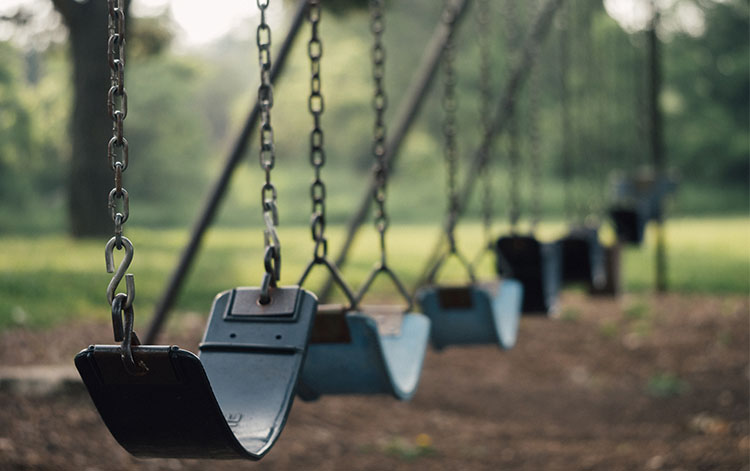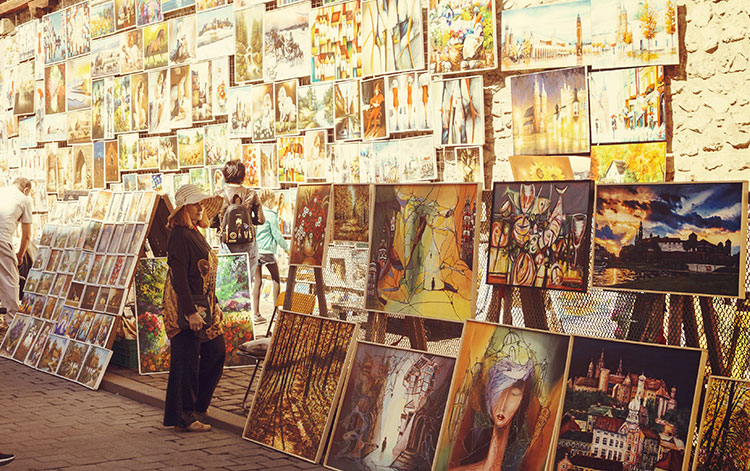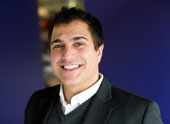Columbus, Ohio, an international destination? Maybe we can’t offer mountains, oceans, or beaches, but what we do have to offer are our places and our culture. For this reason alone, our places need to be exceptionally creative and memorable. Quality of place and culture are a direct reflection of who we are, why we choose to live in a place, and why others would want to visit. Through creative placemaking we have the opportunity to explore new ways of thinking about our city and how we interact with our surroundings. What is creative placemaking? Simply stated, creative placemaking is urban design with a focus on the arts. It is an evolving field of practice that intentionally leverages the power of the arts, culture, and creativity to serve a community’s interest, while driving a broader agenda of economic growth and transformation in a way that builds character and quality of place. It places artists, designers, and performers, at the center of planning, execution, and activity. No street goes undesigned; pedestrians and bikes rule; public art is integral, not just added; water fountains don’t come out of catalogues; even the lowly parking garage gets its due. It is all about being innovative and creating an authentic reflection of place. The key is to treat the arts as an essential part of the city’s identity. Successful creative placemaking builds the economy at the local level, enhances surrounding non-arts businesses and provides job opportunities and ways for individuals to participate in activities associated with the arts and cultural events. The results bring people together, spark community pride and create a more vibrant “place.” The goal is simple: create a better quality of life for citizens and visitors through the creation of more authentic places". A significant connection exists between residents’ levels of emotional attachment to their community and its economic growth. Creative placemaking can have a direct economic benefit by leveraging the creative potential already present in a place. It creates opportunities for people of all income levels and backgrounds to thrive in place through art, design incubators, and artist collectives. It creates jobs through the commissioning of art and within designated arts districts. Unused places can become destinations. An example of this can be seen in parklets, which are small, urban parks created on top of vacant parking spaces. They are temporary, changeable places that improve the public realm, and benefit nearby businesses. It also makes a city more interesting, and therefore, more attractive to travelers who want to experience creative tourism. We may soon see our very own parklet, as a team of enthusiasts have organized the Columbus Parklet Project, proposing a pop-up greenspace on South Fourth Street. This installation would bring a highly desired increase in pedestrian-friendly space to the area. A creative place can be a large-scale, built investment that becomes a catalyst for redevelopment, creating a place where businesses want to be, like Highline Park in Manhattan. Or creative place can be temporary, pop-ups like public festivals such as: Highball Halloween, Mini-Maker Faire, and Greater Columbus Arts Council Arts Festival. These pop-up events stimulate creative tourism, and create an emotional connection to place by involving many disciplines such as: visual, performing, and literary arts; interactive design; and the maker movement.
21 Swings
One ingenious example of creative placemaking is the 21 Swings in Montreal, a designated international city of design. Every spring, 21 multicolored swings are placed in the city’s entertainment district, on a narrow strip of land that bridges the gap between a music complex and science center. Each swing plays its own prerecorded notes from different instruments. When all 21 are in use, it becomes a collaborative concert, where complete strangers can make beautiful music together.

Pop Up City
Another inspirational example of creative placemaking at work is, Pop Up City in Cleveland, Ohio. This program was initiated by the Cleveland Urban Design Collaborative, and has transformed the way vacant space is being seen and used. It brings empty buildings and land to life by creating temporary events and installations to occupy the space. It shines a spotlight on some of Cleveland’s spectacular, but underutilized properties.
TEDxColumbus
In 2012, I gave a TEDx Columbus Talk about creative placemaking titled, “Looking over the Overlooked.” I took the audience on a journey through leftover spaces and urban remnants around Columbus, proposing novel interventions that could result in creative placemaking opportunities. The TEDx talk became the inspiration for DesignWeek[s] 2013’s signature project called, cbus:FOTO (Friends of the Overlooked). This collective engagement was sponsored by the Spirit of Columbus, and the Greater Columbus Arts Council. We asked the citizens of Columbus to photograph empty, abandoned spaces and buildings in the city, and come up with creative ideas on how to fill them. We held a number of engagement workshops, with a variety of audiences. The hope was that by engaging all citizens in the discussion, not just designers, they would develop a critical eye toward their surroundings, and not take for granted that the manmade, physical world they see around them has been purposefully thought through.

So, it doesn’t matter that we can’t offer mountains, oceans, or beaches. People just want to visit and live in interesting places where they can do interesting things and form an emotional connection to the place. If we aspire to engage in new ways to position the arts as an economic and cultural engine through creative placemaking, we have an opportunity to do something hugely inspirational and transformational for our culture and economy and place ourselves on the map as an international design city.

Michael Bongiorno, AIA, LEED AP BD+C // Principal, Senior Designer
In his experience planning and designing more than 500,000 SF of office space, Michael believes the physical workplace is important because it has the ability to act as an incubator, bringing together a multitude of personalities and experiences to create, innovate, and learn from each other. Michael is a noted design leader with a focus on community impacting, mission-driven architecture that supports and enhances the fabric of the city and furthers a fundamental belief that great design is the essential building block to vibrant, healthy communities. His work has garnered numerous awards nationally, including The Wall Street Journal’s “Best Architecture of 2015” for the design of the Columbus Museum of Art’s Margaret M. Walter Wing.
